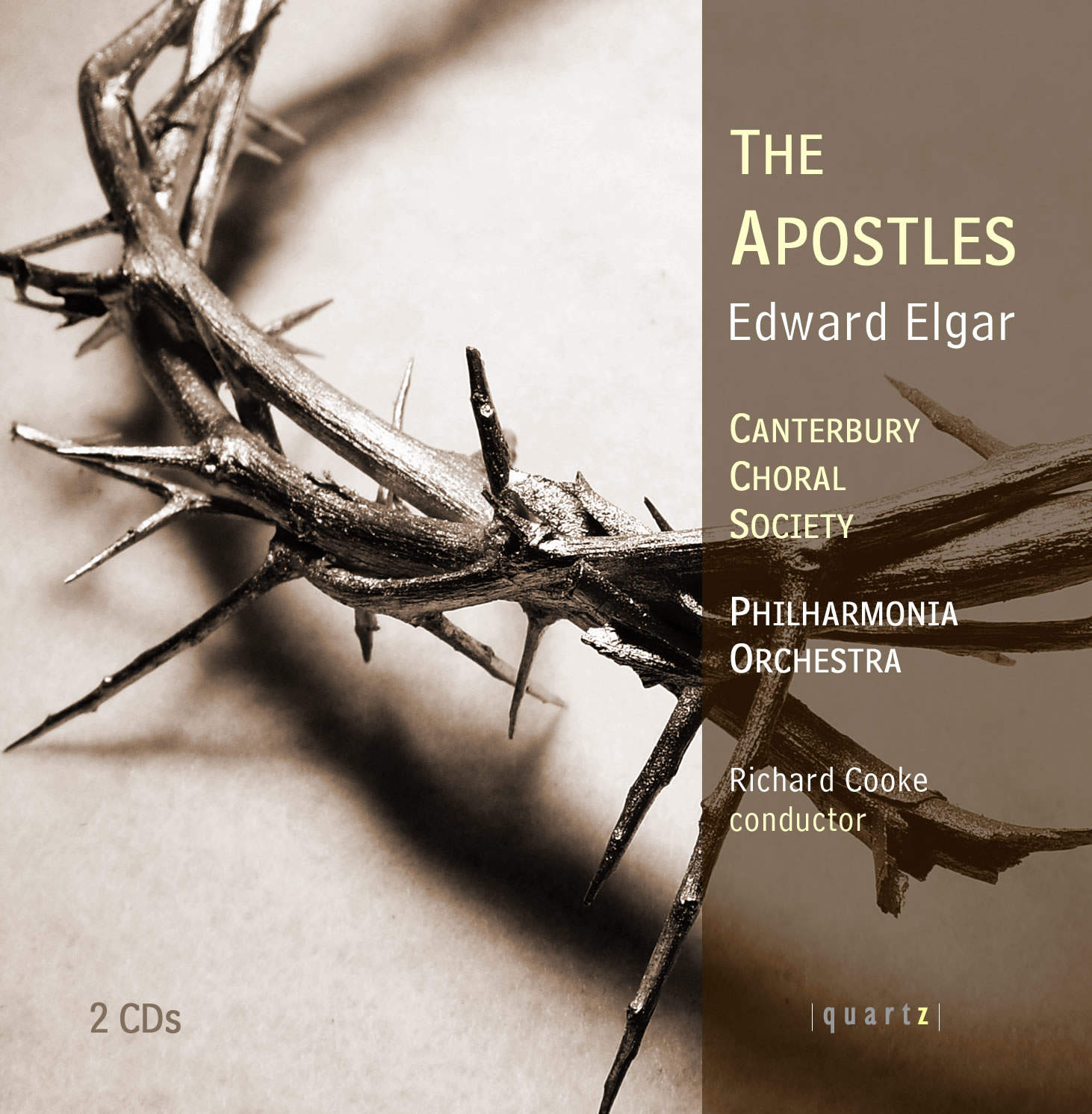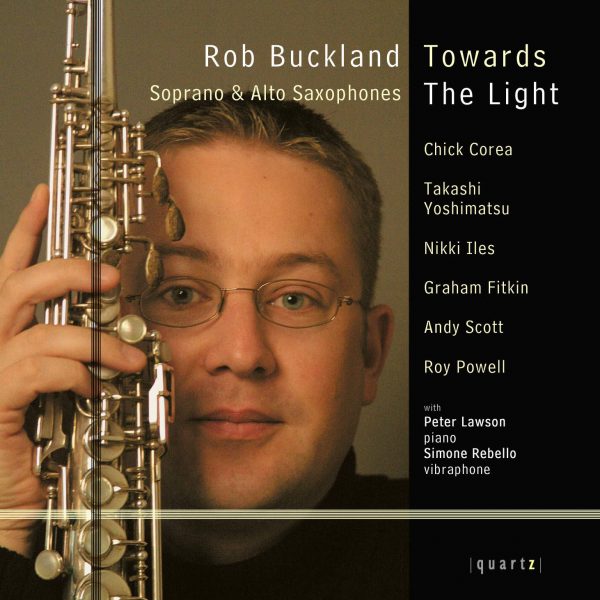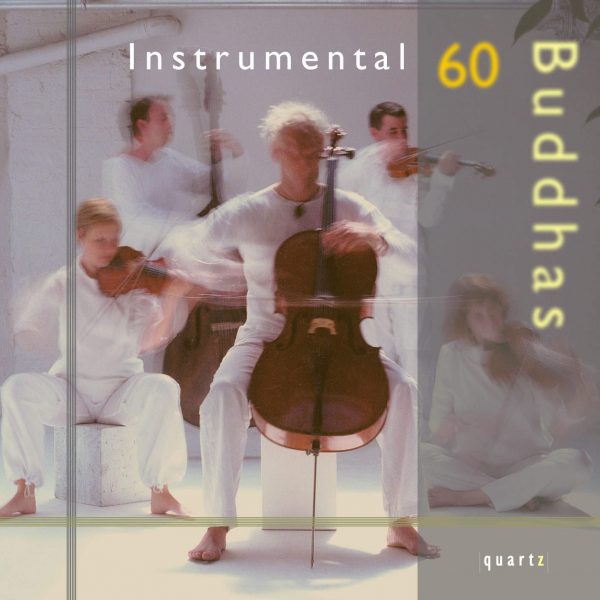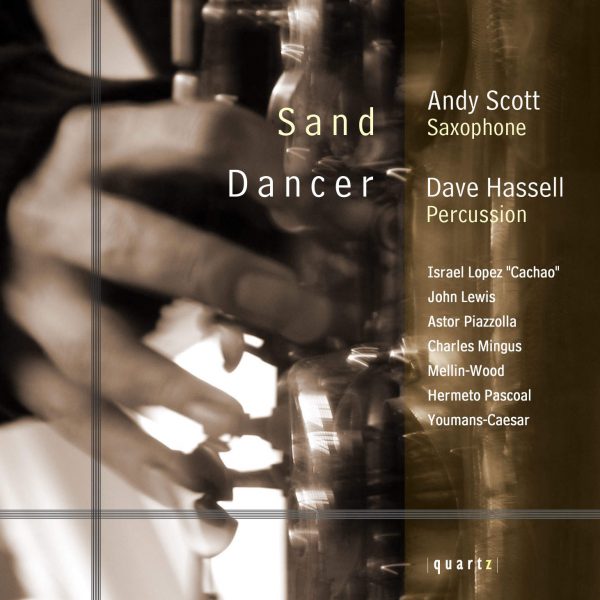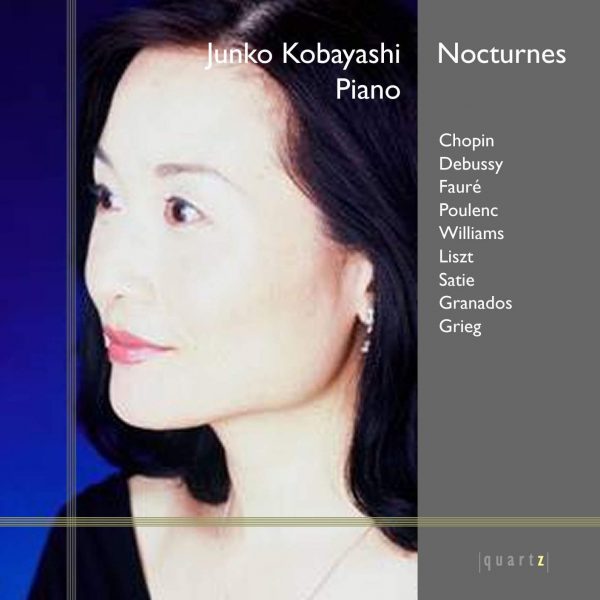Elgar – The Apostles
£4.99 – £13.99
THE APOSTLES – EDWARD ELGAR
(DOUBLE ALBUM – 2 CDs)
Canterbury Choral Society
Girls of the Crypt and Chamber Choirs of the King’s School, Canterbury
Canterbury Cathedral Choristers
David Flood – conductor of off-stage choir
Philharmonia Orchestra
Anna Leese – soprano (Mary)
Louise Poole – mezzo-soprano (Mary Magdalene)
Andrew Staples – tenor (John)
Colin Campbell – baritone (Peter)
Robert Rice – baritone (Judas)
Roderick Williams – baritone (Jesus)
Richard Cooke – Conductor
About This Recording
PROGRAMME NOTE
The years 1898-1900 for Elgar saw the composition of The Dream of Gerontius which represented a new style of oratorio in which a continuous musical flow replaced the customary division into separate arias and choruses.
He embarked seriously on The Apostles in 1902 and the first performance took place in October of the following year at the Birmingham Festival conducted by Hans Richter. Elgar himself conducted performances in 1914 and again in 1922 in Canterbury Cathedral where this performance was given. As with Handel’s Messiah Elgar’s work was to have been in three parts, though it soon became apparent that it was going to be far too long for one oratorio, and the third part became the starting point for The Kingdom. This piece grew in its turn and the project became one for three oratorios; the first The Apostles, concerned with the apostles’ relationship with the earthly Jesus, the second, The Kingdom, with the period after the crucifixion and the coming of the Holy Ghost, and the third, which never came to be written, on Judgment and the Life Everlasting.
Another influence is to be found in Wagner who built up his scores from a pattern of leit-motifs. In his analysis of The Apostles, Jaeger identified and named about sixty such themes, though he came under criticism from Ernest Newman (a leading Wagner authority) for being too obsessional in this respect, and even Elgar himself felt that Jaeger had taken this aspect of the work further than was really justified, since the themes, while being a strong structural element in the music, lacked the immediately identifiable symbolism of Wagner’s motifs. The two composers’ compositional methods were very different: Wagner completed his libretto first, allocating fragments of melody to particular ideas and incorporating them into the score at significant moments, for Elgar the musical development was pre-eminent he was by nature a symphonic, rather than an operatic composer.
Prologue.
I. The Calling of the Apostles: A picture of the dawn is followed by the assembling of the Twelve. Elgar makes use of the sound of the Shofar (the Jewish Ram’s horn) sounding a rising sixth, and the ancient Hebrew melody for Psalm 92 for singers within the temple.
II. By the Wayside: Jesus then gives his disciples those words of hope we now know as the Beatitudes.
III. By the Sea of Galilee: We hear of Peter’s lack of faith during a storm at sea, but most of our attention is directed to Mary Magdalene who witnesses the storm from the Tower of Magdala. She broods on her past sins and, in her troubled imaginings, the tempest in her soul becomes mingled with the tempest on the waters.
PART II
Introduction
IV. The Betrayal: Elgar was particularly taken with a charitable view putting forward the idea that Judas had no intention of betraying Jesus to death, expecting Him to deliver Himself from His enemies by supernatural powers, inducing them thereby to acknowledge Him King.
V. Golgotha: The crucifixion is referred to only by the words “Eli, Eli, lama sabachthani?” not sung, but written in the score over a short orchestral passage. This movement is concerned with the sorrow felt by Jesus’ mother, Mary, and by John as a consequence of the crucifixion.
VI. At the Sepulcre: The discovery of the absence of Jesus’ body from the tomb is followed by angelic Alleluias of breathtaking simplicity.
VII. The Ascension: Jesus appears to the apostles and commands them to begin their task of teaching his word and, with his ascent into Heaven, the final chorus begins, adding layer upon layer of glorious sound. The tenors and basses represent the apostles on earth and are joined by the voices of John, Peter, Mary and Mary Magdalene; the sopranos and altos sing, from heaven, streams of angelic Alleluias, and a semi-chorus sings the words of the risen Christ, creating the biggest and richest choral ensemble that Elgar ever wrote. The words “In His love and in His pity He redeemed them” sung by the four soloists to a quotation from The Dream of Gerontius, bring the oratorio to its splendid conclusion.
John Andrewes
Track Listing
-
Edward Elgar
- The Apostles: Prologue
- The Apostles: 1. The Calling of the Apostles
- The Apostles: 1. In the Mountain - Night
- The Apostles: 1. The Dawn
- The Apostles: 1. Morning Psalm
- The Apostles: 2. By the Wayside
- The Apostles: 3. By the Sea of Galilee
- The Apostles: 3. In the Tower of Magdala
- The Apostles: 3. In Caesarea Philippi
- The Apostles: Introduction
- The Apostles: 4. The Betrayal
- The Apostles: 4. In Gethsemane
- The Apostles: 4. The Temple
- The Apostles: 4. Without the Temple
- The Apostles: 5. Golgotha
- The Apostles: 6. At the Sepulchre
- The Apostles: 7. The Ascension
- The Apostles: 7. In Heaven - On Earth
